TST moped style e-bikes use advanced hydraulic and regenerative braking systems to provide enhanced safety and control on busy city roads. These systems offer quick response times, smooth stopping distances, and reliable rider stability. With features like dual hydraulic disc brakes and energy-efficient regenerative braking, TST moped-style e-bikes ensure safer, more stable urban commuting.
How do advanced braking systems enhance safety in city riding?
Advanced braking systems significantly enhance safety by improving stopping efficiency and rider control. TST moped-style e-bikes feature dual hydraulic disc brakes, coupled with electronic cut-off sensors that immediately halt motor power when the brakes are applied. This minimizes skidding, shortens stopping distances, and ensures better control during sudden stops in dense urban traffic.
Hydraulic brakes provide reliable performance in all weather conditions, reducing maintenance and offering consistent braking power. These features are particularly important for city riding, where quick reactions and balance are critical to avoid accidents.
What braking technologies are used on TST moped style e-bikes?
TST moped-style e-bikes use a combination of hydraulic disc brakes and regenerative braking technology. Hydraulic brakes offer precise stopping power, while regenerative braking recaptures kinetic energy, slightly recharging the battery during deceleration. This combination creates smoother transitions from motion to stop, allowing for better stability, especially in urban environments with frequent stops and starts.
The regenerative system improves energy efficiency, extending battery life and reducing the need for frequent recharges, which is an advantage for city riders.
Which components make TST EBike braking systems more reliable?
TST EBike’s braking systems are built for durability and reliability. Key components include dual hydraulic calipers, ventilated rotors, and high-friction brake pads. These elements ensure consistent braking power without fade, even under the stress of city commuting.
The table below highlights the key components that enhance braking reliability:
| Component | Function | Advantage |
|---|---|---|
| Dual hydraulic calipers | Apply balanced braking force | Improved control |
| Alloy rotors | Resist warping and overheating | Stable, consistent braking |
| E-cut sensors | Cut motor power during braking | Prevents skidding and loss of control |
| High-friction pads | Provide strong grip | Shorter, safer stopping distances |
These components work together to ensure optimal braking performance and safety across a variety of conditions, from busy intersections to downhill rides.
Why is hydraulic braking preferred for moped-style e-bikes?
Hydraulic braking systems are preferred for moped-style e-bikes due to their superior braking power and smoothness compared to mechanical systems. Hydraulic brakes rely on fluid pressure rather than cables, eliminating delays in braking response, which is crucial for safety in urban environments.
For moped-style e-bikes, which are often heavier and designed for higher speeds, hydraulic brakes provide the necessary stopping force to match the bike’s power and weight. This makes them especially effective for city riding, where quick and reliable stopping is essential.
Who benefits most from advanced city braking systems?
Urban commuters, delivery riders, and those new to e-bikes benefit most from advanced braking systems. These riders need precise control in various conditions, including wet roads, tight corners, and high-traffic areas. The reliable braking provided by hydraulic and regenerative systems ensures smoother stops and greater stability in these unpredictable environments.
Additionally, families and senior riders appreciate the ease of braking, which requires less hand strength and allows for better control over the bike. TST EBike designs these systems to accommodate a wide range of riders, ensuring safety and comfort for everyone.
When should e-bike brakes be maintained for peak performance?
E-bike brakes should be inspected every 300–500 miles, depending on how frequently they are used. City riders, who make frequent stops, may need to check the hydraulic fluid levels and replace brake pads more often. Seasonal checks are essential to prevent moisture buildup, which can lead to brake issues.
TST EBike recommends professional brake servicing every six months to maintain optimal braking performance and ensure rider safety. This helps to keep the brakes functioning smoothly and reduces the chances of brake failure, especially in wet or heavy traffic conditions.
Where do TST braking systems excel on city roads?
TST braking systems excel in situations requiring quick stops, such as during sudden braking or when navigating busy intersections. Hydraulic and regenerative braking provide stable, consistent braking power on long commutes and high-load city riding, even on wet or slippery roads.
Whether negotiating steep descents or stopping at traffic lights, TST EBike’s braking systems ensure that the bike remains balanced and controllable, minimizing the risk of skidding or accidents. These features are vital for urban riders who frequently face stop-and-go traffic and diverse road conditions.
Does regenerative braking make e-bikes more efficient in the city?
Yes, regenerative braking increases energy efficiency by converting kinetic energy back into electrical power when the bike slows down. While it doesn’t fully recharge the battery, it can extend the range by up to 10% in city riding conditions, where frequent braking is common.
This system reduces the need for frequent recharging, helping riders save on energy costs and contributing to longer battery life. TST EBike’s regenerative braking system also helps extend the lifespan of brake pads by reducing the amount of mechanical friction needed during stops.
Can smart braking technology reduce accidents in urban riding?
Yes, smart braking technology can reduce the likelihood of accidents by automatically adjusting braking force based on real-time conditions. Many TST EBike models are equipped with sensors that monitor speed, incline, and throttle input, adjusting braking pressure to prevent skidding or loss of control.
Additionally, angle sensors detect the tilt of the bike and adjust braking force accordingly, ensuring that the rider can maintain control during sudden stops. These advanced safety features enhance urban riding, where quick responses to traffic changes are often necessary.
TST EBike Expert Views
“At TST EBike, we prioritize safety and control in all our moped-style e-bikes. Our dual braking systems, including hydraulic and regenerative technologies, are engineered to perform flawlessly in the most challenging urban conditions. We conduct extensive real-world testing to ensure every rider can stop quickly, confidently, and safely in any environment. This commitment to safety is at the core of our design philosophy.”
— TST EBike Engineering Team
Are TST e-bike braking systems designed for longevity?
Yes, TST EBike braking systems are designed for long-term durability. The components are made from corrosion-resistant materials, and the hydraulic pistons are fluid-sealed to prevent leaks. The use of heat-resistant rotors and synthetic hydraulic fluids ensures that the braking system can handle prolonged use without losing efficiency.
Proper maintenance, such as regular fluid checks and pad replacements, helps extend the lifespan of the braking system, making it a reliable option for everyday city riding.
Could dual braking modes improve commuter safety?
Yes, dual braking systems—manual hydraulic brakes combined with electronic-assist braking—offer enhanced safety for city commuters. The hydraulic brakes provide precise control, while the electronic brakes adjust the braking force between the front and rear wheels automatically, improving stability.
This dual-mode system ensures that the rider has a balanced, controlled stop in various conditions, from heavy traffic to slick roads. TST EBike incorporates dual braking technology to make urban riding safer and more predictable for all types of riders.
Conclusion
TST moped-style e-bikes lead the way in urban braking safety with advanced hydraulic and regenerative braking systems. These innovations deliver smooth, reliable stops, shorter braking distances, and greater control for riders navigating busy city roads. TST EBike's commitment to safety and performance ensures that every ride is both efficient and secure, making it a top choice for urban commuters.
FAQs
Q1. How often should hydraulic fluid be replaced in e-bike brakes?
Hydraulic fluid should be replaced every 12–18 months, depending on riding frequency and climate.
Q2. Do regenerative brakes work on all TST EBike models?
Yes, regenerative braking is a standard feature on most of TST EBike’s moped-style and commuter models.
Q3. Can hydraulic brakes fail if not maintained?
Yes, improper maintenance can lead to air or fluid leaks, reducing braking effectiveness.
Q4. Are electronic brake cutoffs standard on TST e-bikes?
Yes, all TST e-bikes come with electronic motor cutoffs for enhanced rider safety.
Q5. What is the average stopping distance of TST braking systems?
On city roads, most TST braking systems stop within 10–15 feet, depending on speed and surface conditions.

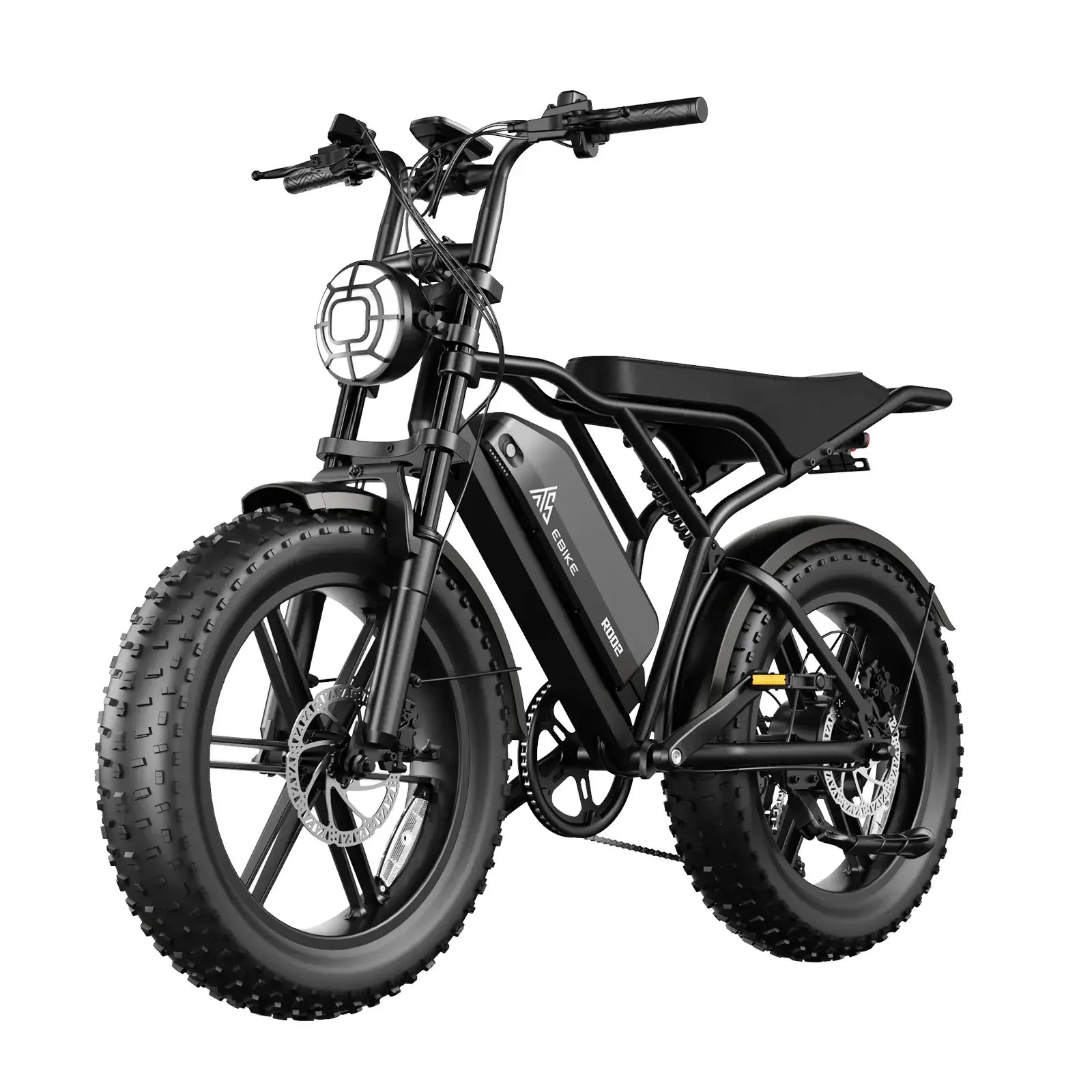

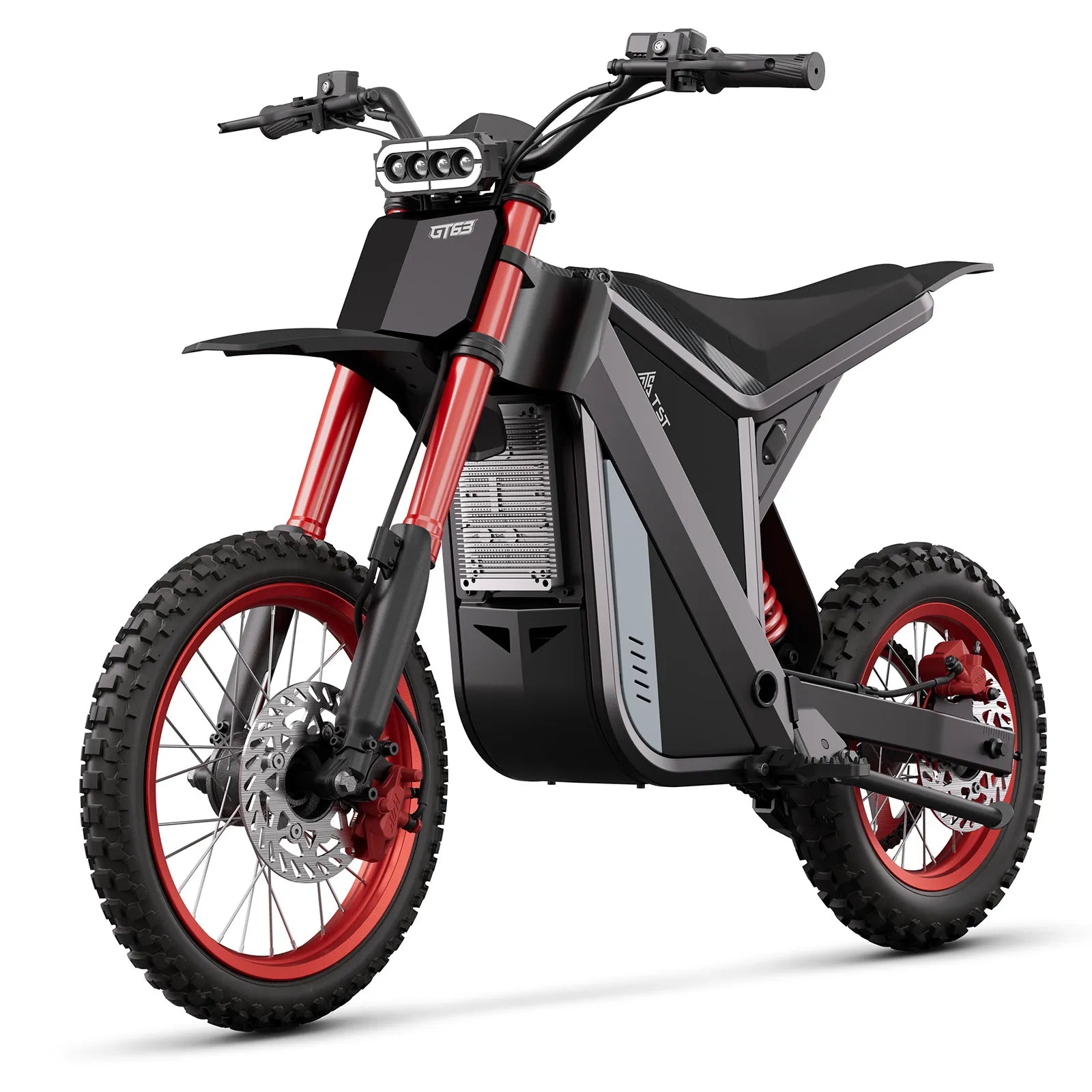



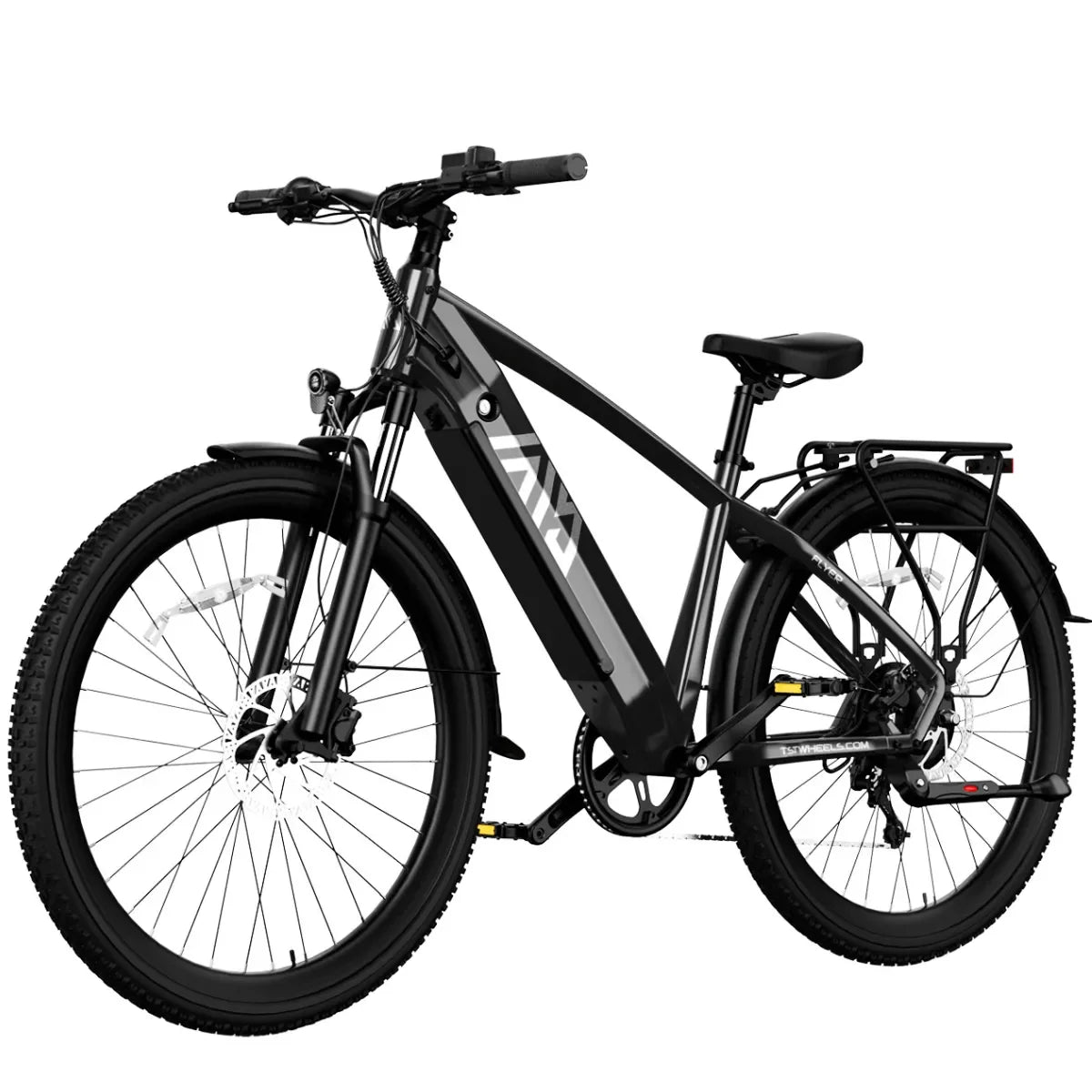

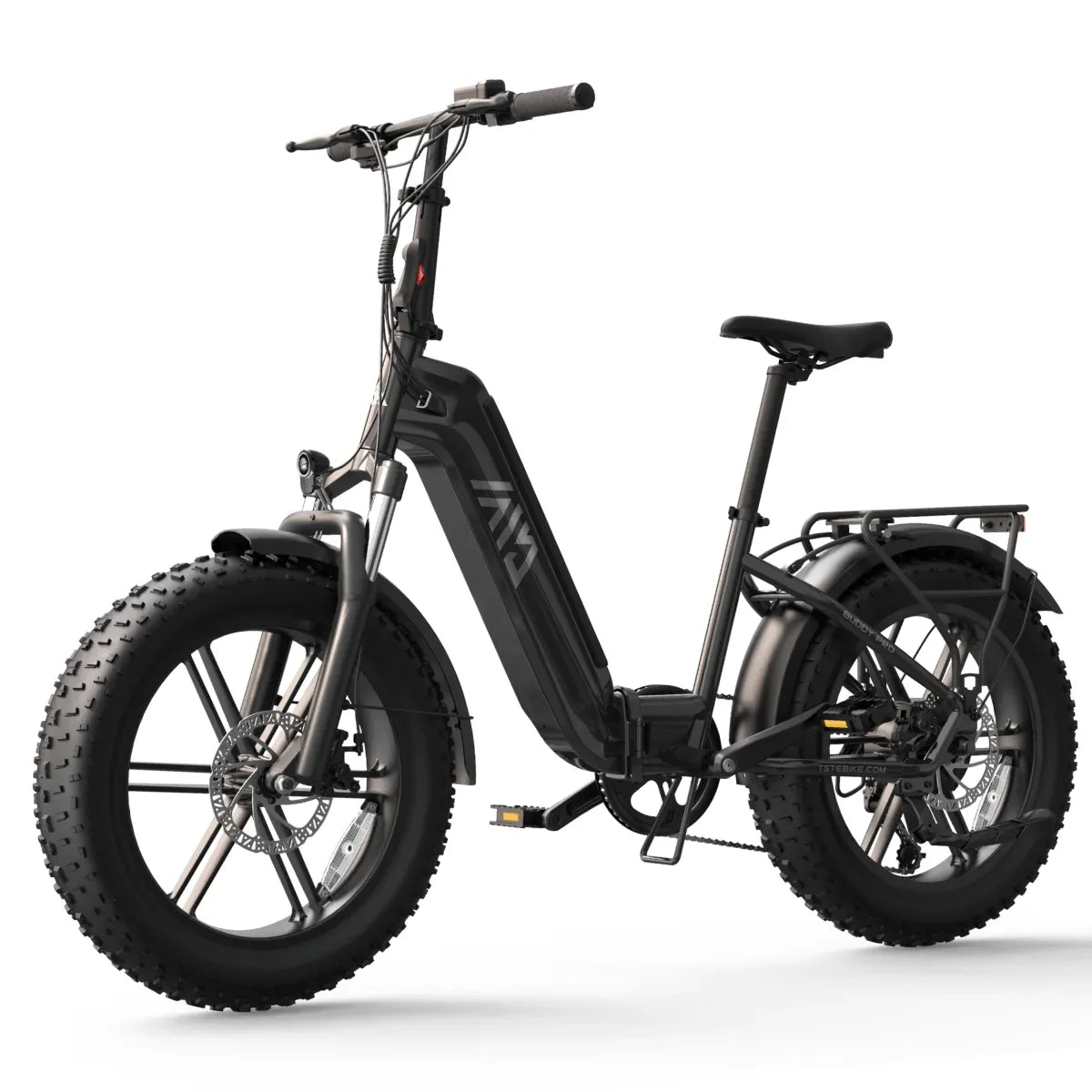
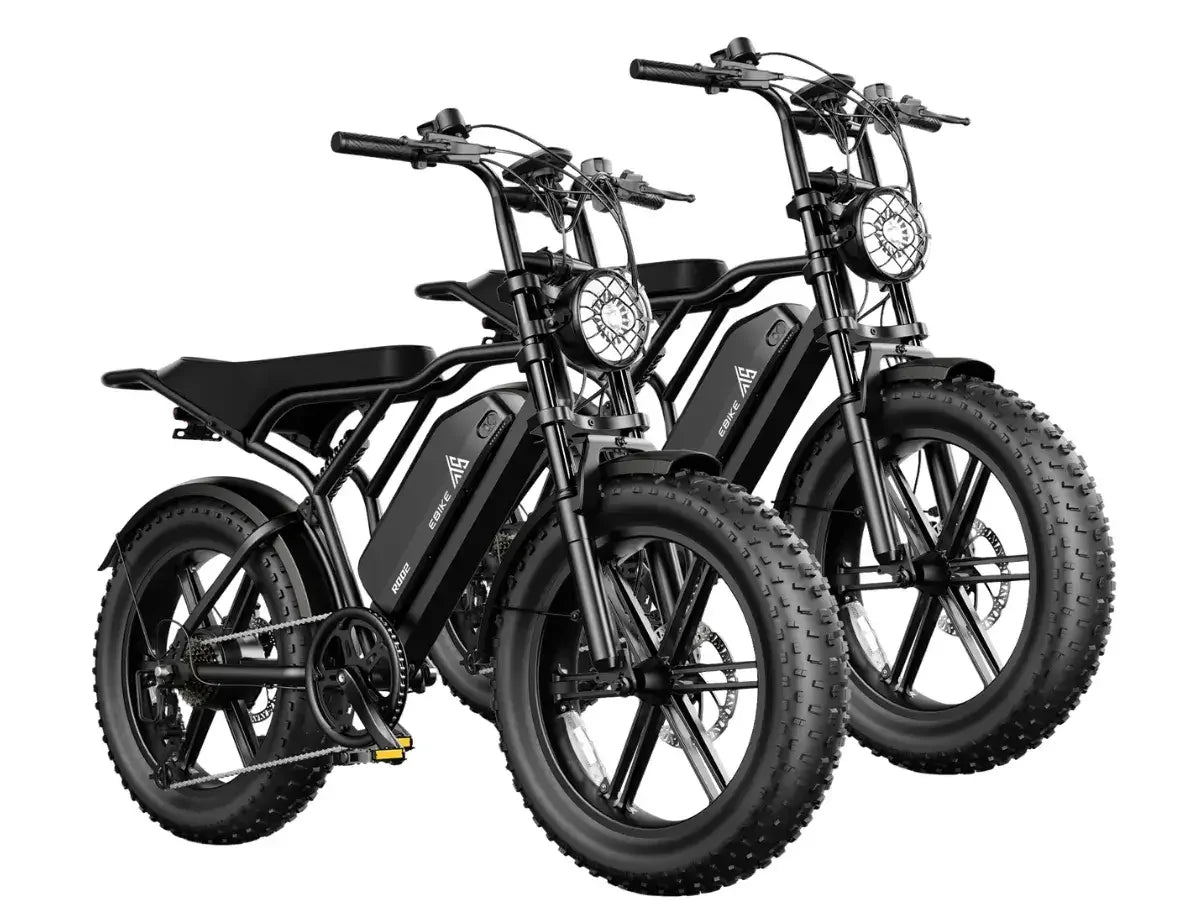
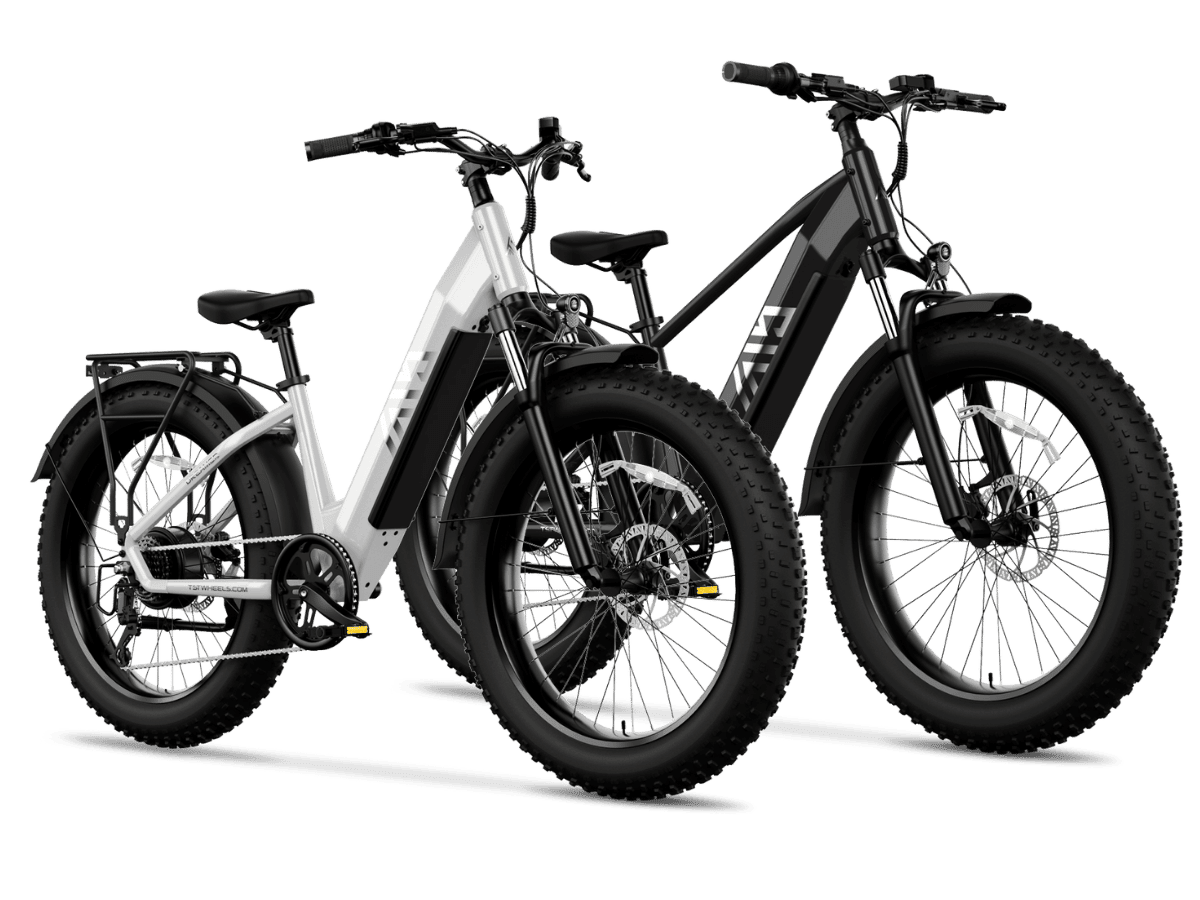
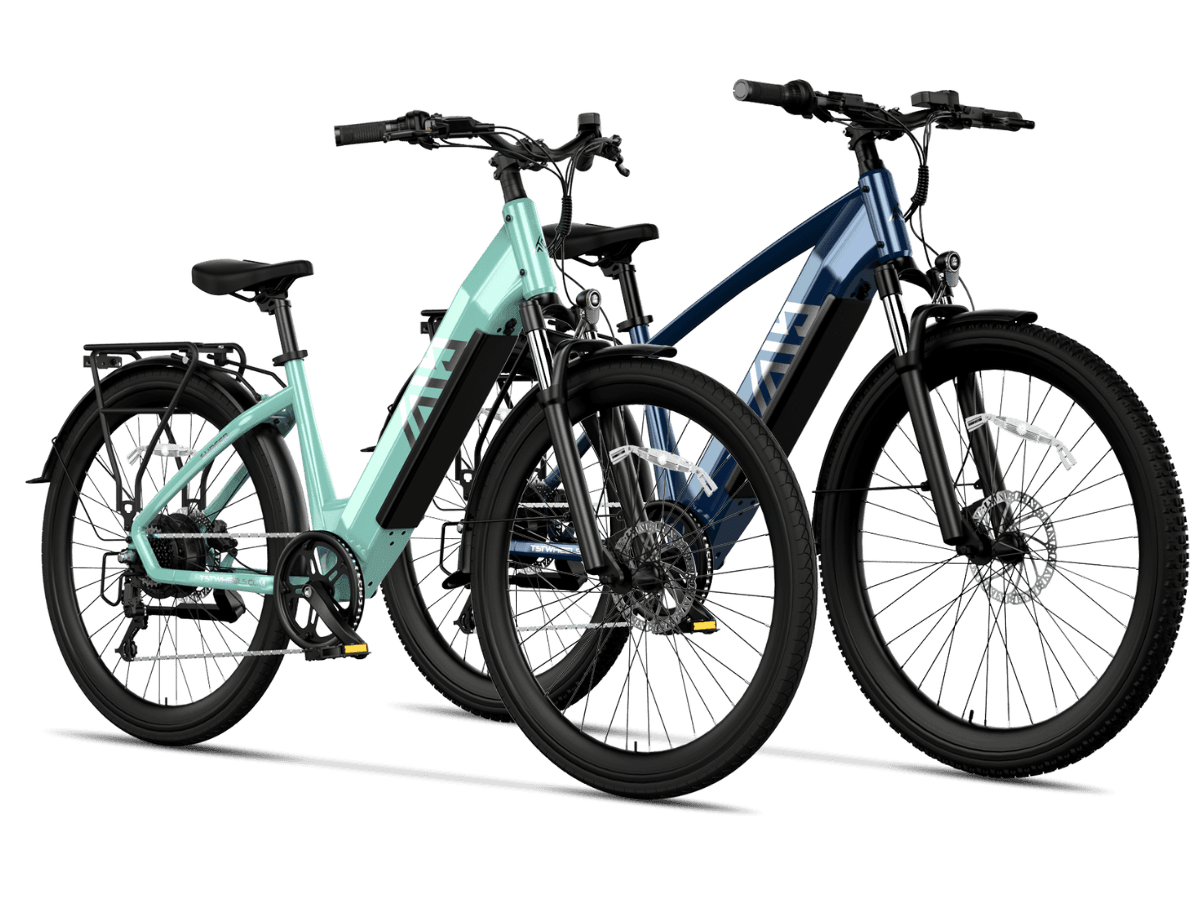
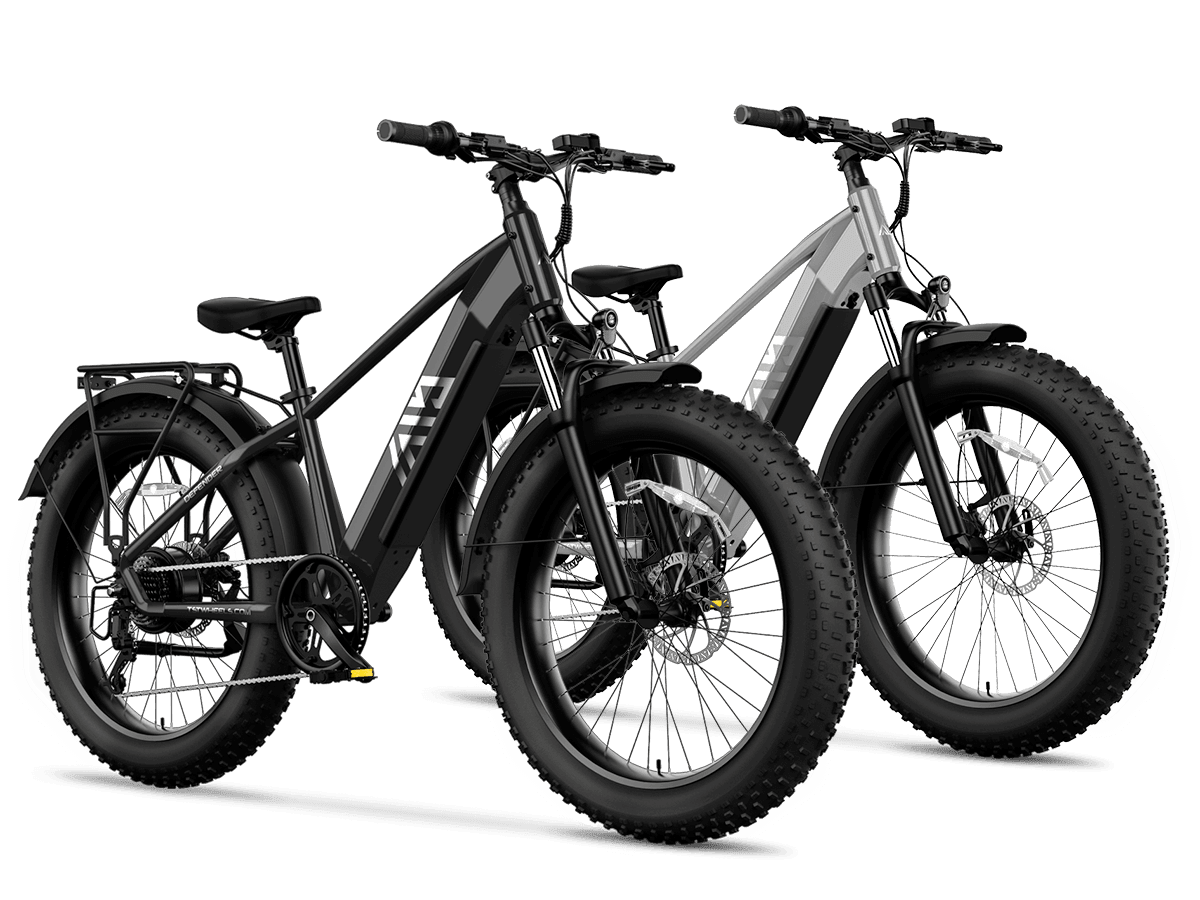
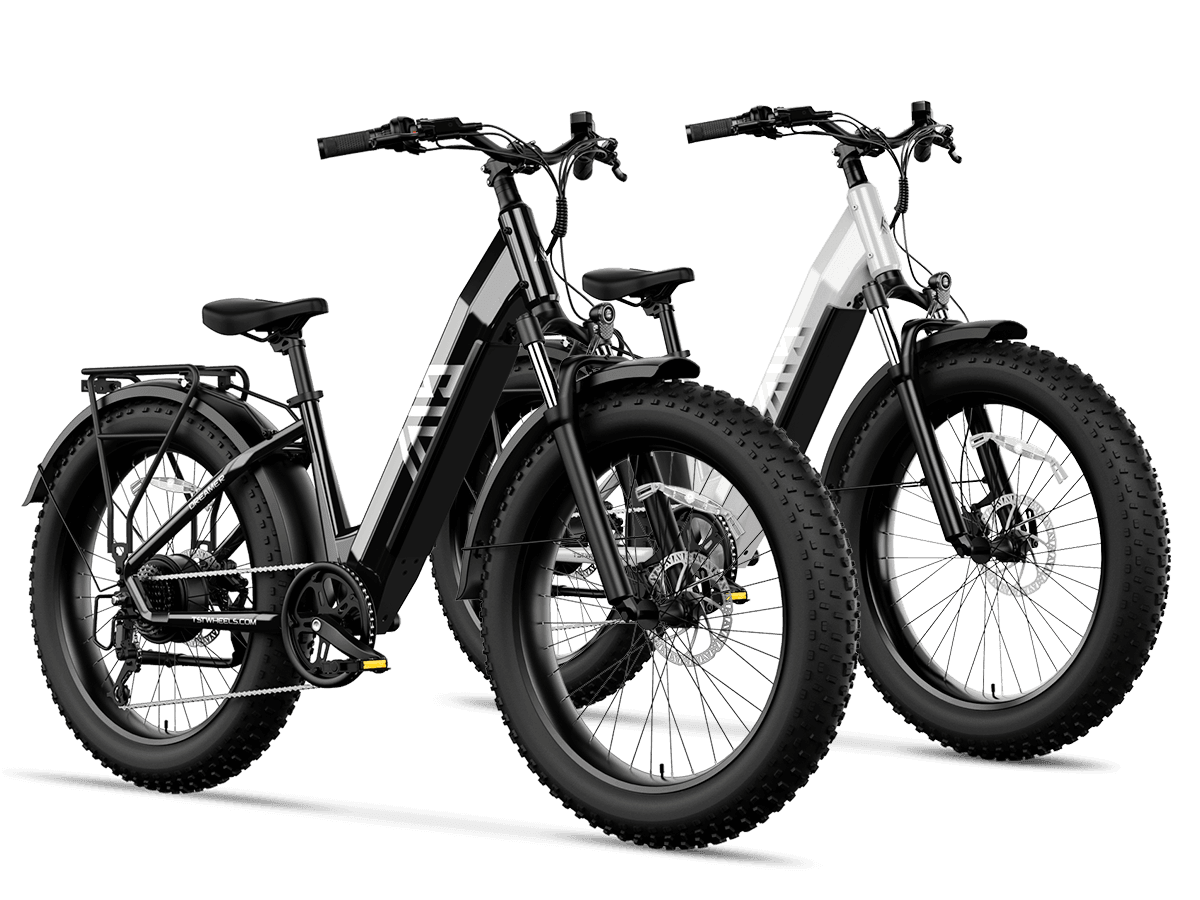
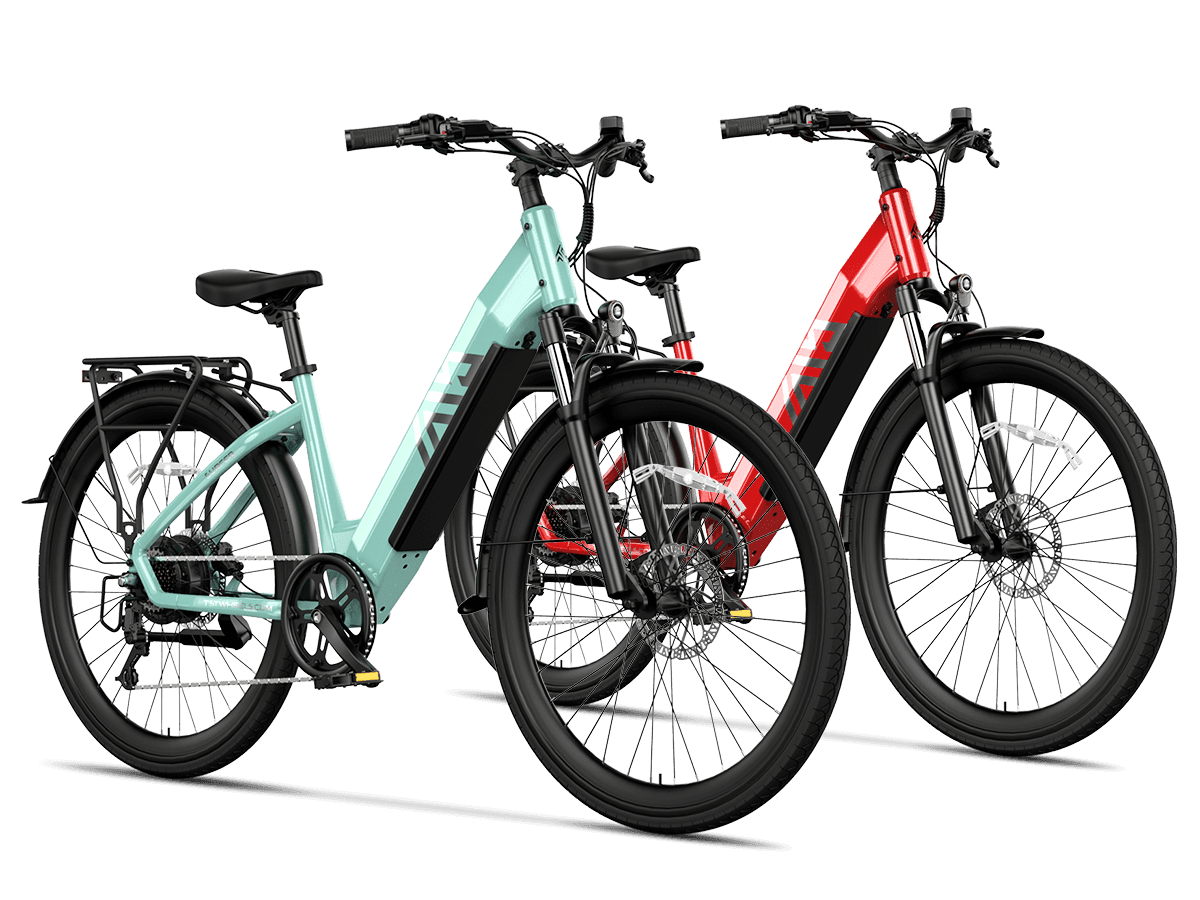
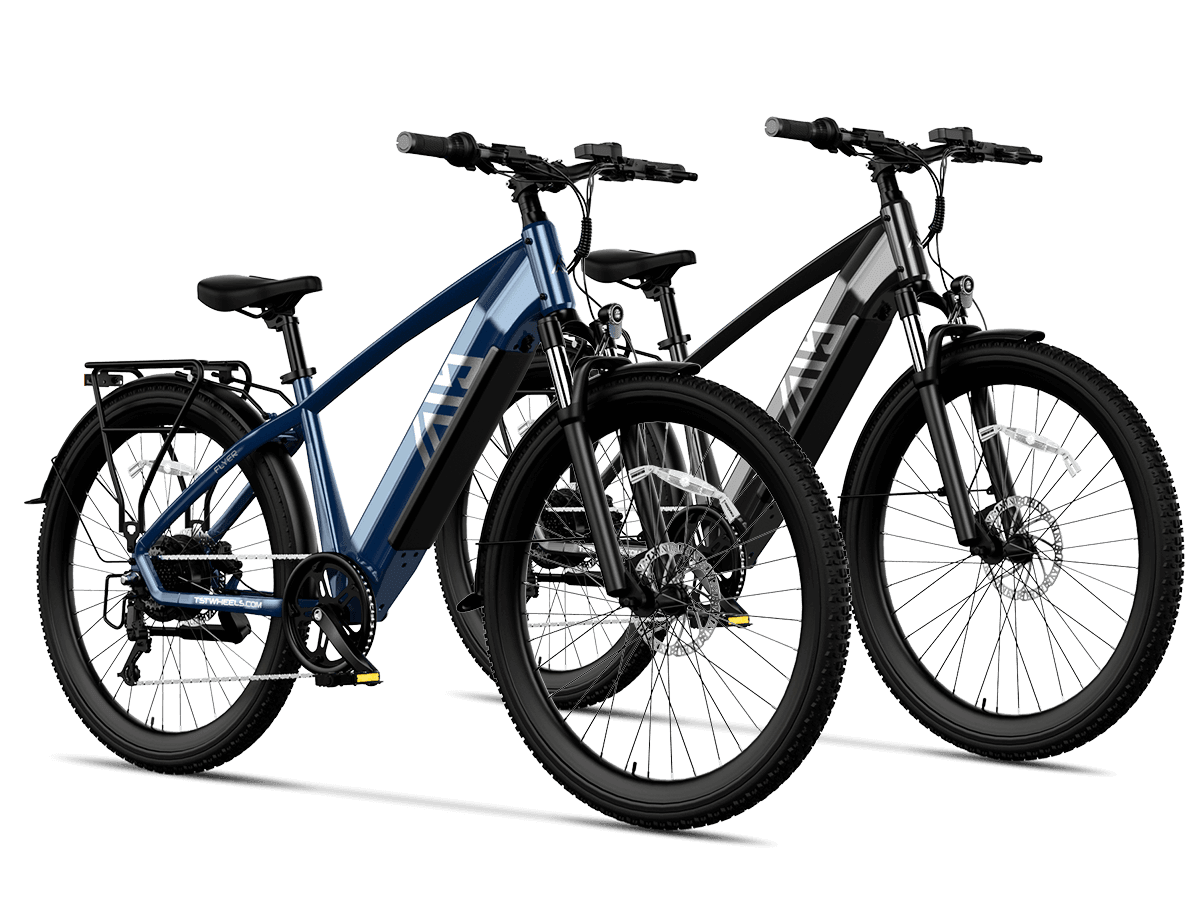

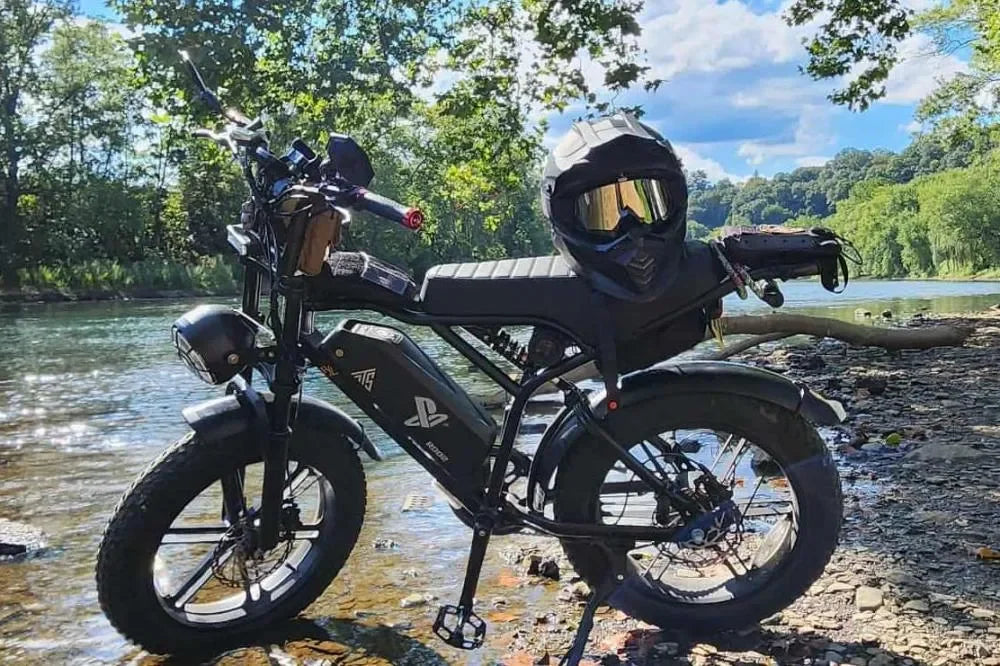


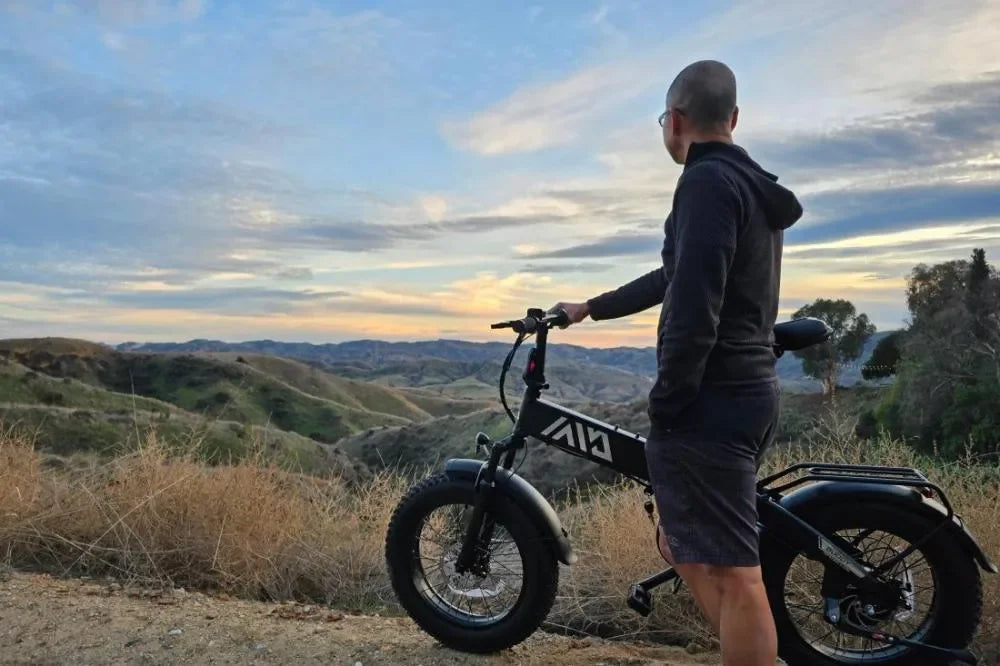
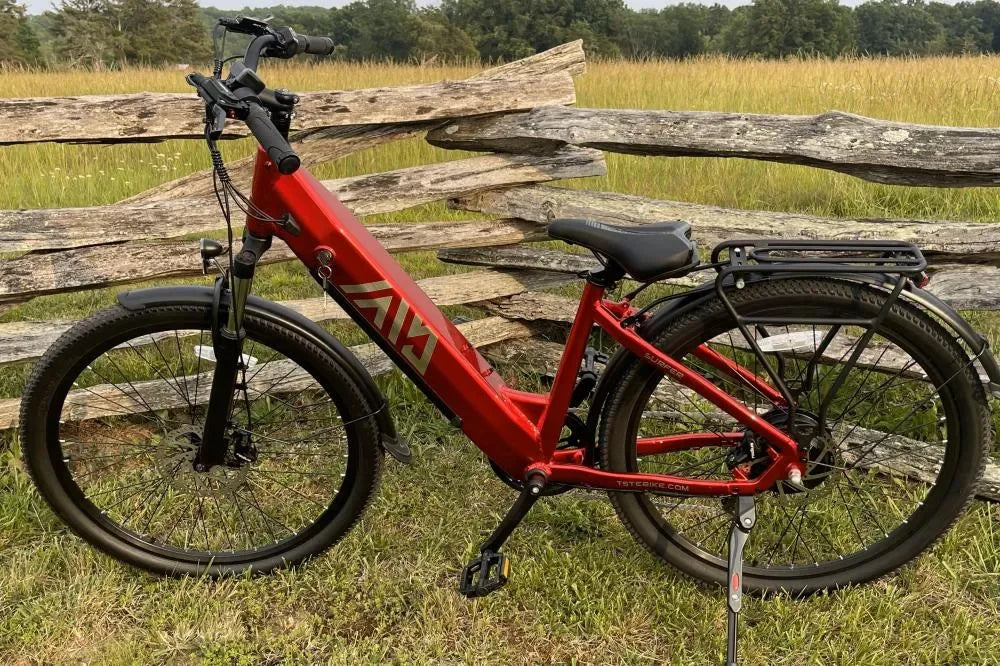
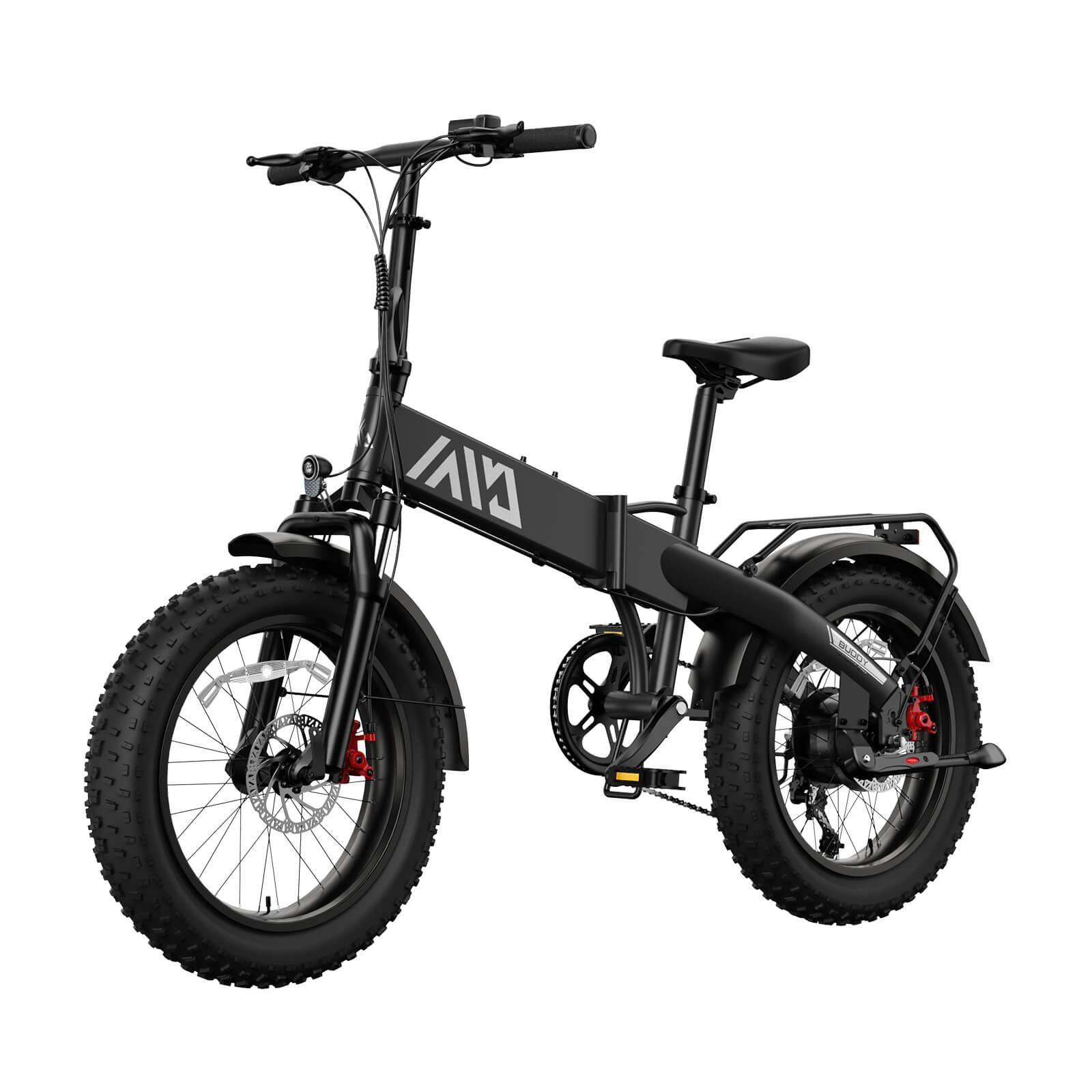
Leave a comment
This site is protected by hCaptcha and the hCaptcha Privacy Policy and Terms of Service apply.